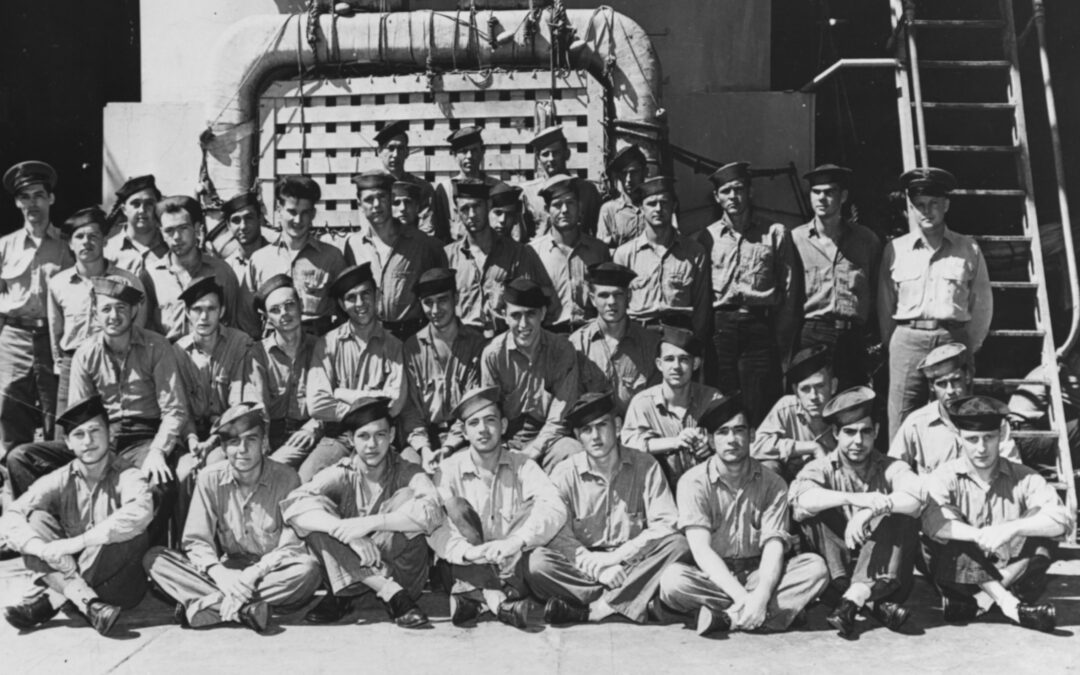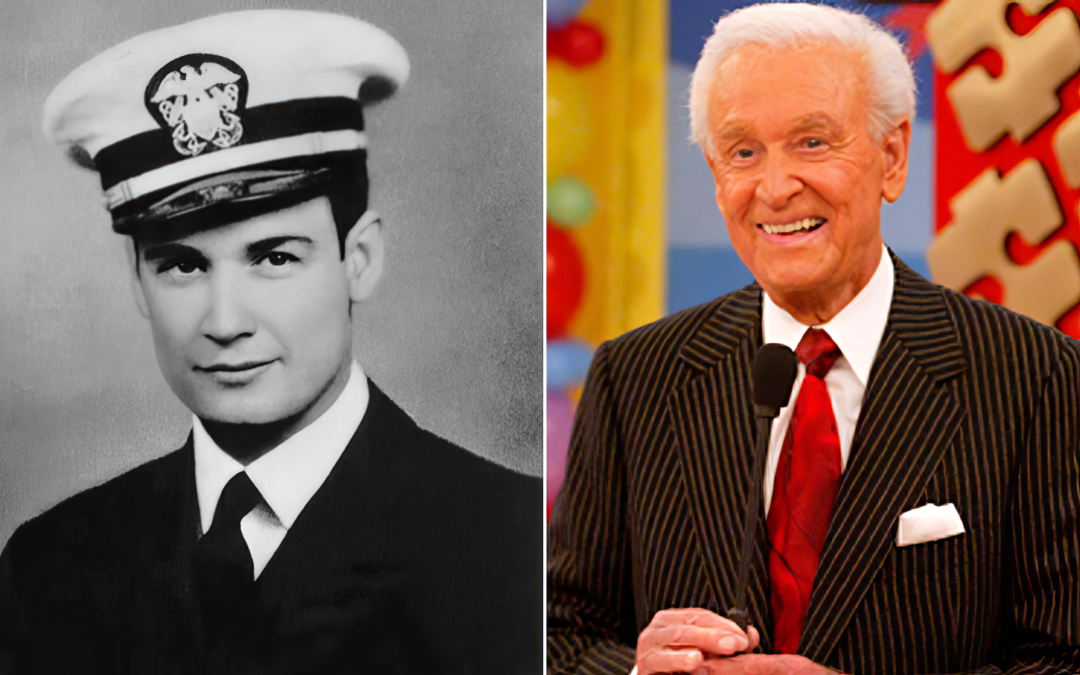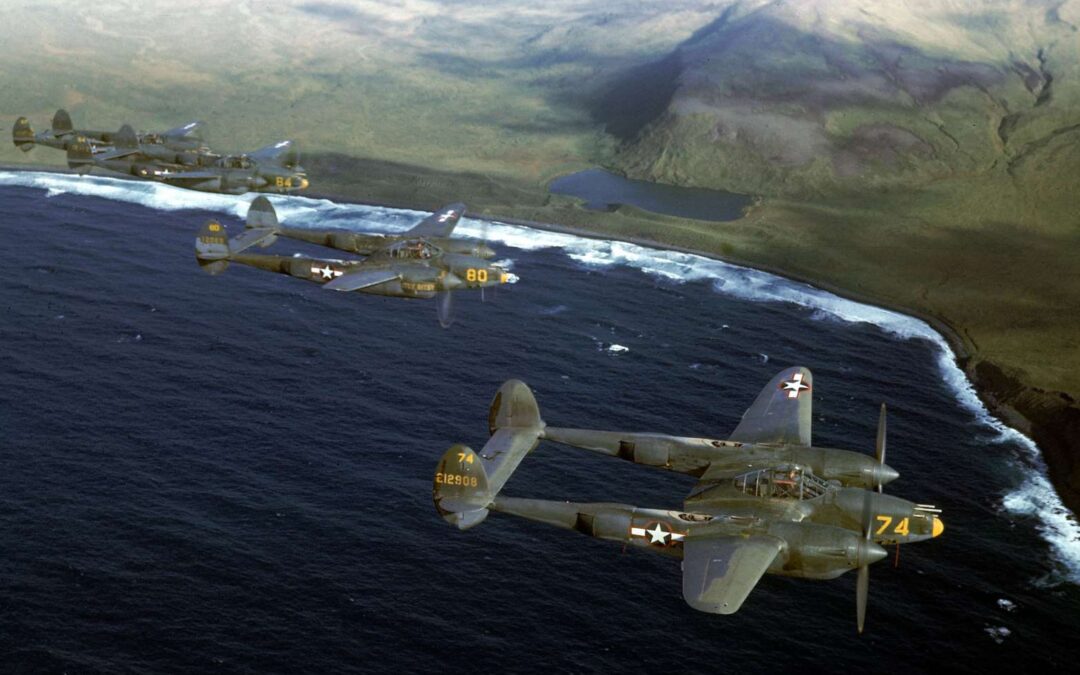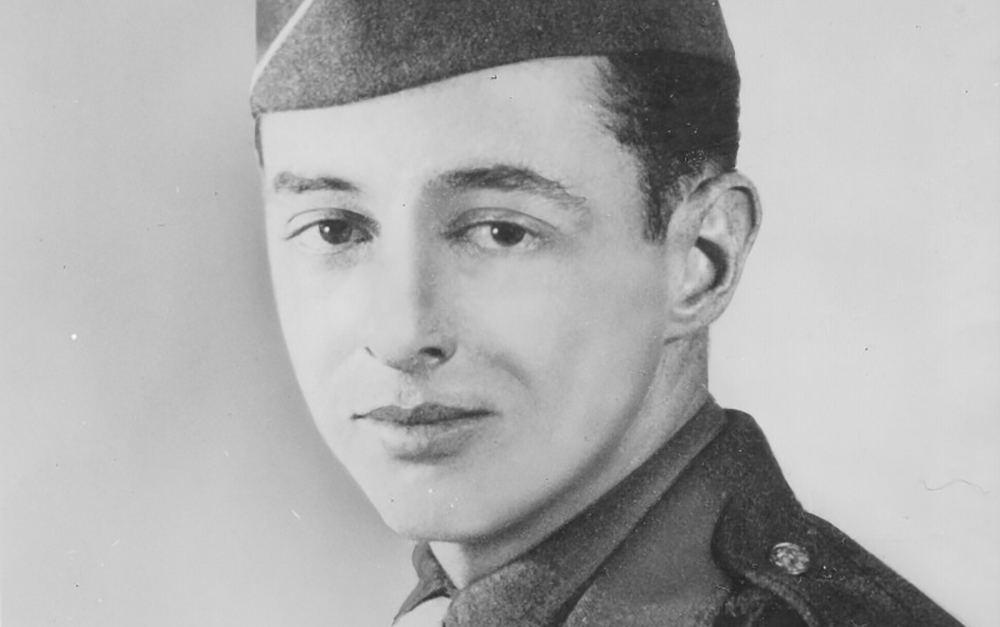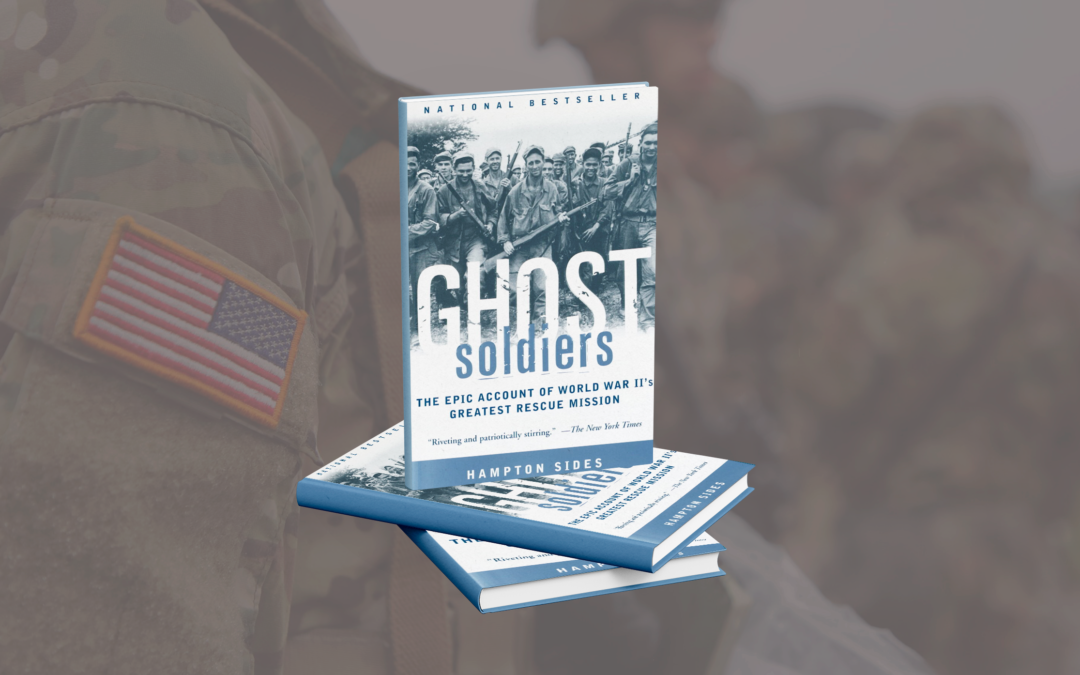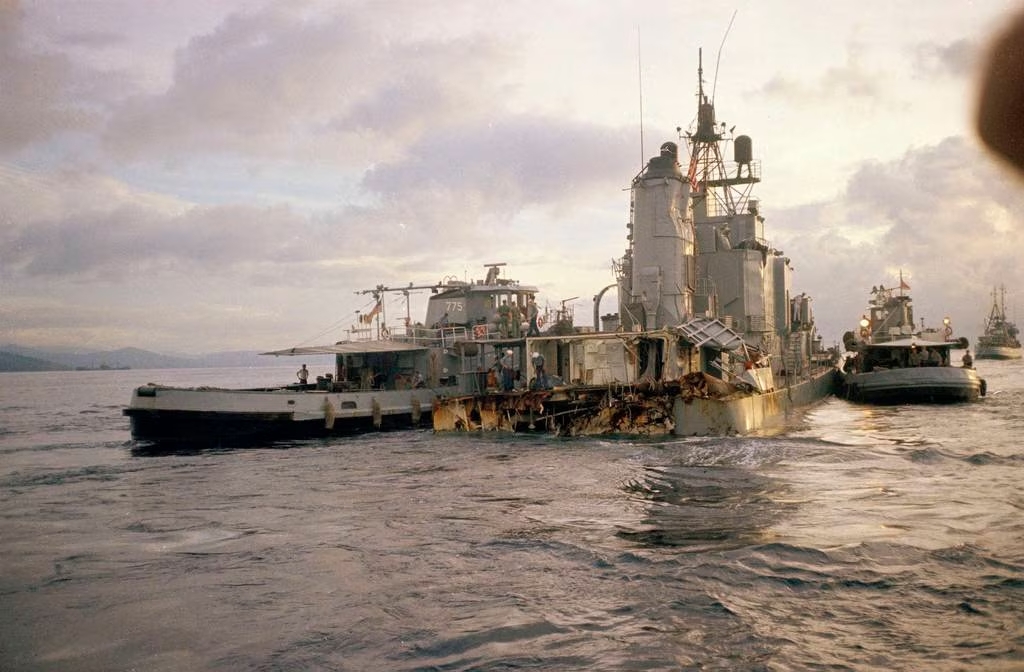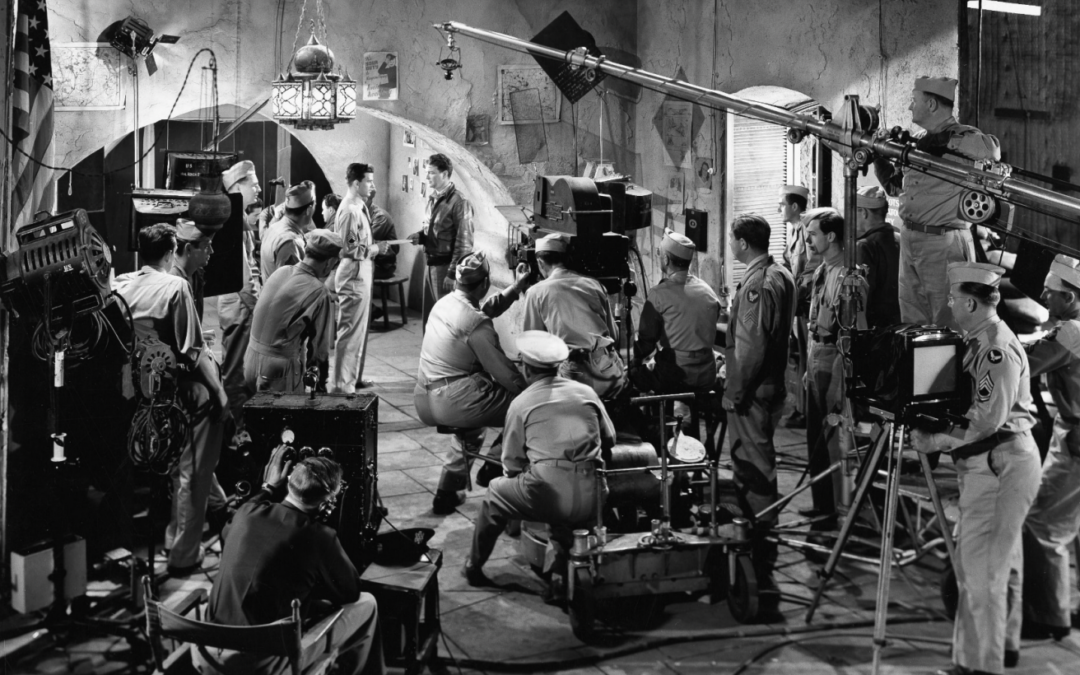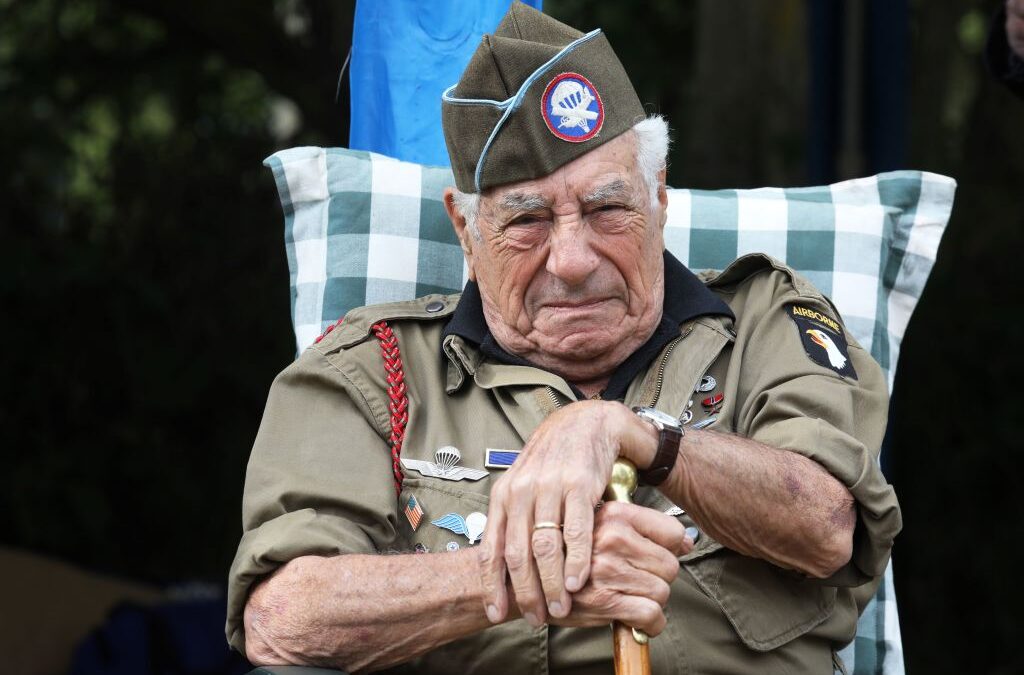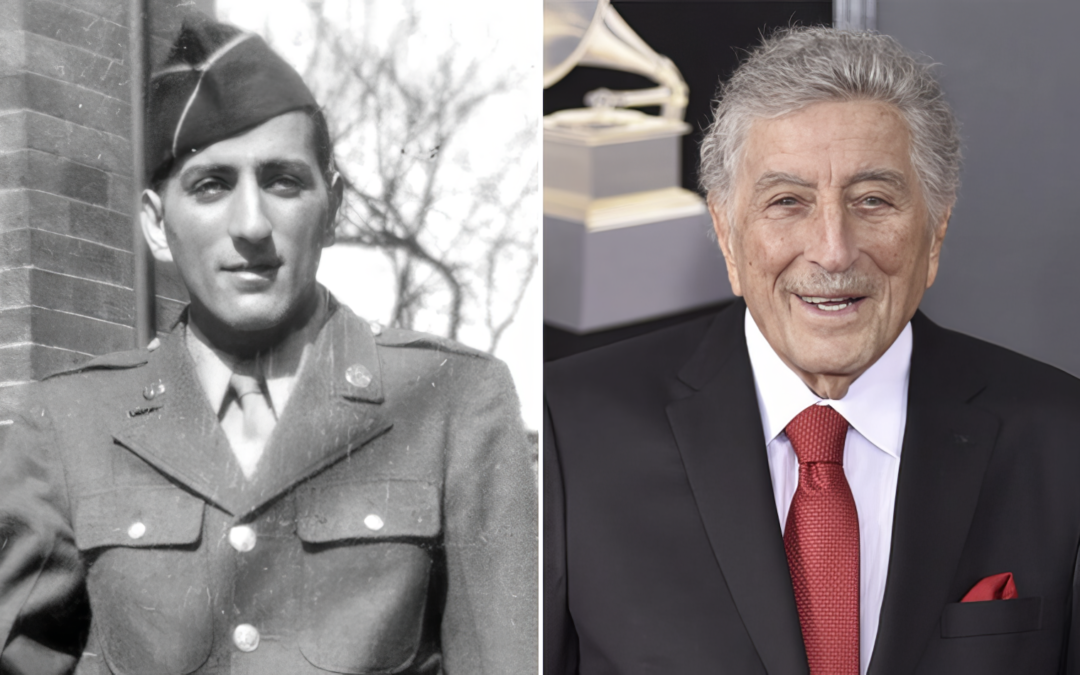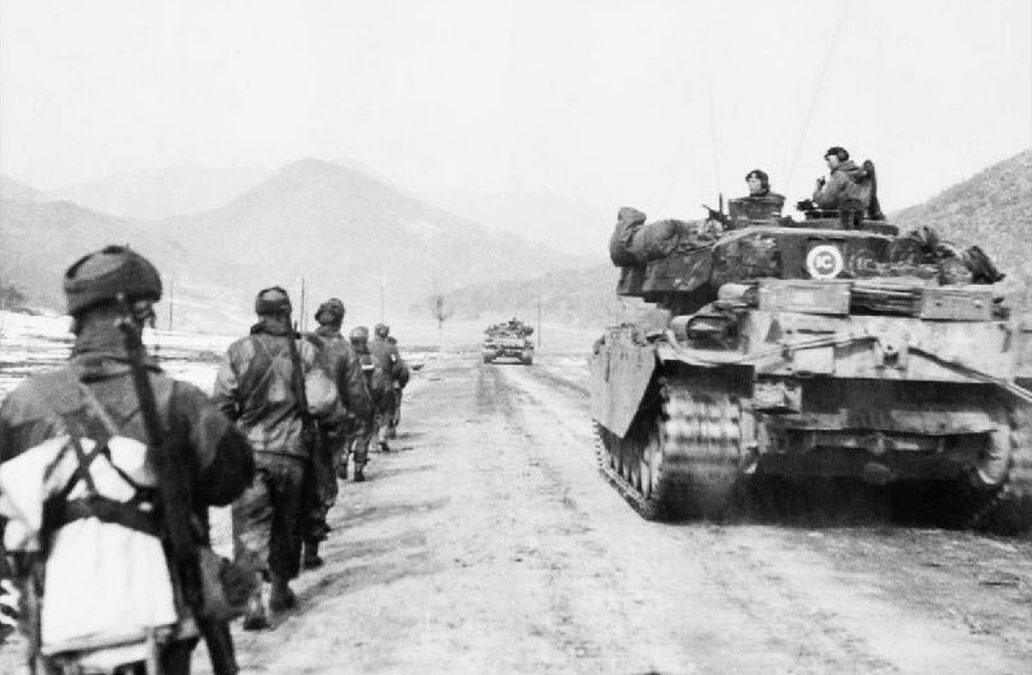The wreckage of the USS Indianapolis, the Navy cruiser sunk by an Imperial Japanese submarine 72 years ago during the waning days of World War II, was finally discovered on Saturday, reports Chris Buckley at The New York Times. Update on the USS Indianapolis A team financed by Paul Allen, the co-founder of Microsoft, discovered the warship 18,000 feet deep in the North Pacific Ocean. Kristine Phillips at The Washington Post reports the ship was on a super-secret mission to Tinian in the Northern Mariana Islands in late July 1945, to deliver the components for the "Little Boy" atomic bomb dropped a week later on Hiroshima, Japan. After delivering her payload, the ship was sailing in the Philippine Sea on its way to rendezvous with other ships in preparation for an attack on Japan. After delivering her payload, the ship was sailing in the Philippine Sea on its way to rendezvous with other ships in preparation for an attack on Japan. The Beginning of the Tragedy of The USS"...
